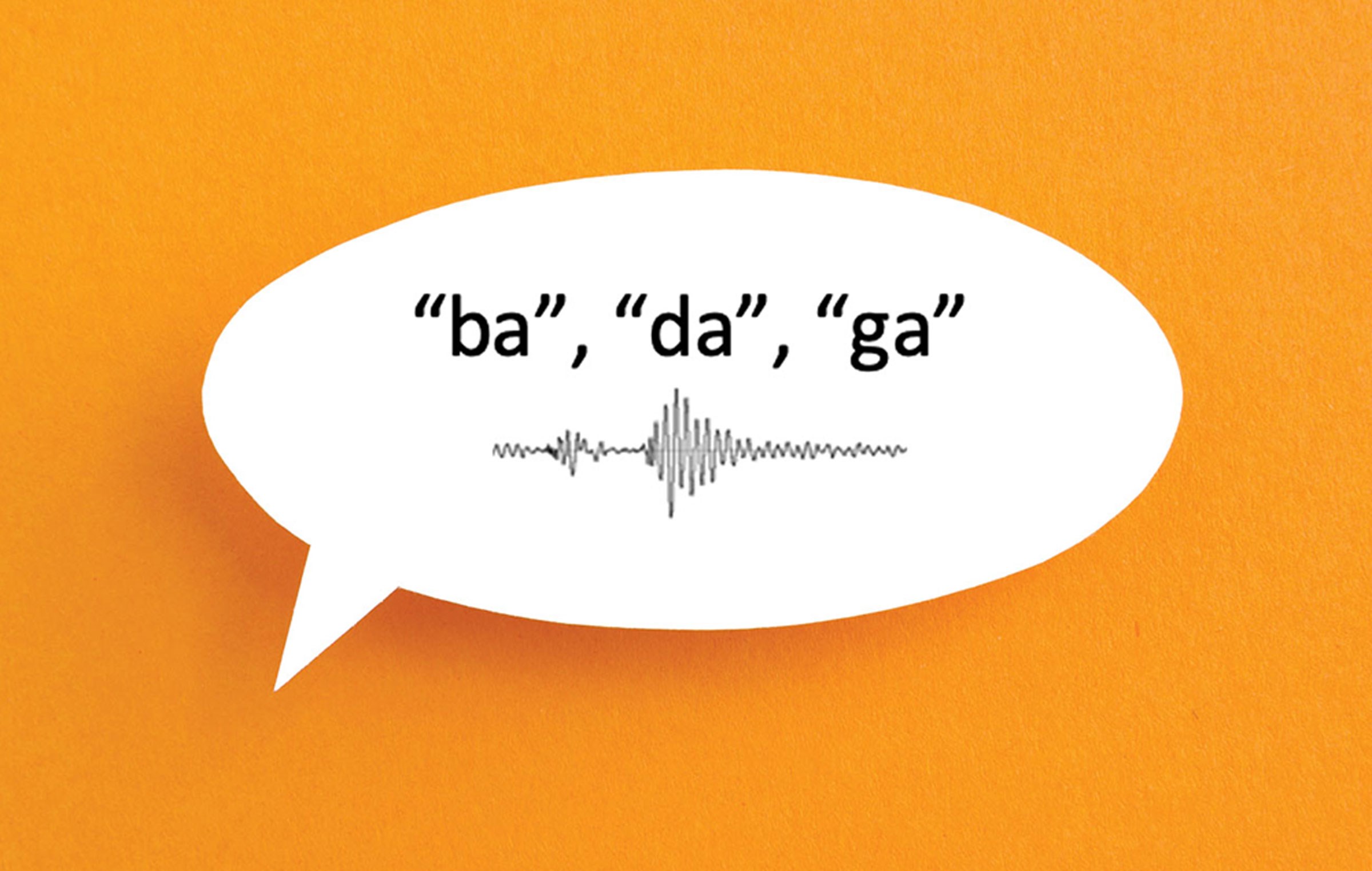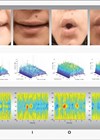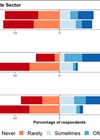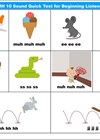S-ABR is a method of recording speech-evoked-potentials, but where does it fit in the clinical and research test battery? Here, the authors examine the opportunities for s-ABR.
The integrity of the neural transmission of acoustic stimuli is evaluated by auditory evoked potentials. Acoustic stimuli produced in digital environments (tone burst, chirp, click, etc.) that are frequently used while making these evaluations do not reflect the sounds we are exposed to in our daily lives.
Evaluations made using speech stimulus consist of many acoustic parameters which reveal how the neural structures in the auditory system function. This allows us to better understand the processing of speech. Greenberg showed that speech-specific information is encoded in the auditory brainstem) [1] with Skoe and Kraus later synthesising the /da/ stimulus which was frequently used in clinical practice [2].

In the speech auditory brainstem response (s-ABR), verbal stimuli such as /ba/- /da/- /ga/, which occur in various consonant and vowel combinations, are used. After stimulation, a response characterised by seven wave peaks, designated V, A, C, D, E, F, and O, respectively, occurs. The latency (ms) value, which is the evaluation parameters of the test, the sensitivity of the brainstem nuclei to respond simultaneously to the acoustic stimulus; amplitude (µV) values, how strong the response of brainstem nuclei to acoustic stimulus; the V-A complex provides information about auditory processing and timing of neural discharges associated with the upper part of the brainstem.
In the clinics, s-ABR is used to evaluate speech and language processing abilities, to understand temporal and acoustic information of speech, and to evaluate the effectiveness of the auditory rehabilitation process in individuals with neurological and/or cognitive disabilities.
When the studies in the literature are examined, lengthening of wave latencies (often wave V and A) is observed in sensorineural hearing loss regardless of the degree. These neural influences may be associated with difficulties in understanding speech in background noise and weaknesses in listening skills.
It is known that patients with a history of frequently recurrent otitis media in childhood experience various auditory processing disorders such as speech perception disorders. Prolonged latencies in s-ABR findings in children with a history of conduction pathology prove the long-term effects of conductive hearing loss on speech perception, in addition to sensorineural hearing loss.
Studies have demonstrated that the use of hearing aids and cochlear implants lead to central auditory pathways reorganisation. Late latency responses objectively reveal this phenomenon, which we call neuroplasticity. In their s-ABR study, Leite et al showed that children with mild-moderate SNHL had shortened V, A, O wave latencies after nine months of hearing aid use. Similarly, shortened wave latencies were reported in cochlear studies [3]. In addition, Rahman found a negative correlation between cochlear implant usage time and wave latencies (V, F, O) [4]. These studies confirm that the use of amplification enables neural plasticity.
S-ABR is a valid method for evaluating the function of the auditory neural pathway in auditory processing disorder. Rocha-Muniz et al observed abnormalities in behavioural auditory processing tests in 23 (85%) of 27 children aged seven to 15 years with abnormal s-ABR findings and diagnosed auditory processing disorder [5]. The high correlation observed in this study indicates that s-ABR should be added to routine clinical practice in the assessment of auditory processing disorder.
s-ABR guides audiologists in the diagnosis of auditory disorders and objectively demonstrating the benefit of auditory amplification and rehabilitation programmes.
In summary, s-ABR is an auditory brainstem response that assesses the integrity of temporal and spectral encoding of speech at the upper levels of the brainstem. Although its use in audiology clinics has not become widespread yet, its effectiveness in the diagnosis of auditory disorders and evaluation of the benefits of amplification and rehabilitation programmes is accepted in studies. In addition, neuroscience studies have shown that it gives effective results in pathologies such as learning, language, and phonological disorders, dyslexia, attention-deficit hyperactivity disorders and autism spectrum disorder. Therefore, it is recommended that s-ABR be included in routine clinical use.
References
1. Greenberg S. Wpp, no. 52: Temporal neural coding of pitch and vowel quality. Department of Linguistics, UCLA. Working Papers in Phonetics 1980.
https://escholarship.org/uc/
item/0vp3920c
2. Skoe E ve Kraus, N. Auditory brainstem response to complex sounds: a tutorial. Ear & Hearing 2010;31(3):302-24.
3. Leite RA, Magliaro FCL, Raimundo JC, et al. Effect of hearing aids use on speech stimulus decoding through speech-evoked ABR. Braz J Otorhinolaryngol 2018;84(1):66‑73.
4. Rahman TTA, Nada IM, Kader HAAA, Monem AAA. Neural representation of speech in pediatric cochlear implant recipients. Egypt J Otolaryngol 2017;33:535-45.
5. Rocha-Muniz CN, Filippini R, Neves-Lobo IF, et al. Can speech-evoked Auditory Brainstem Response become a useful tool in clinical practice? CoDAS 2016;28(1):77-80.











